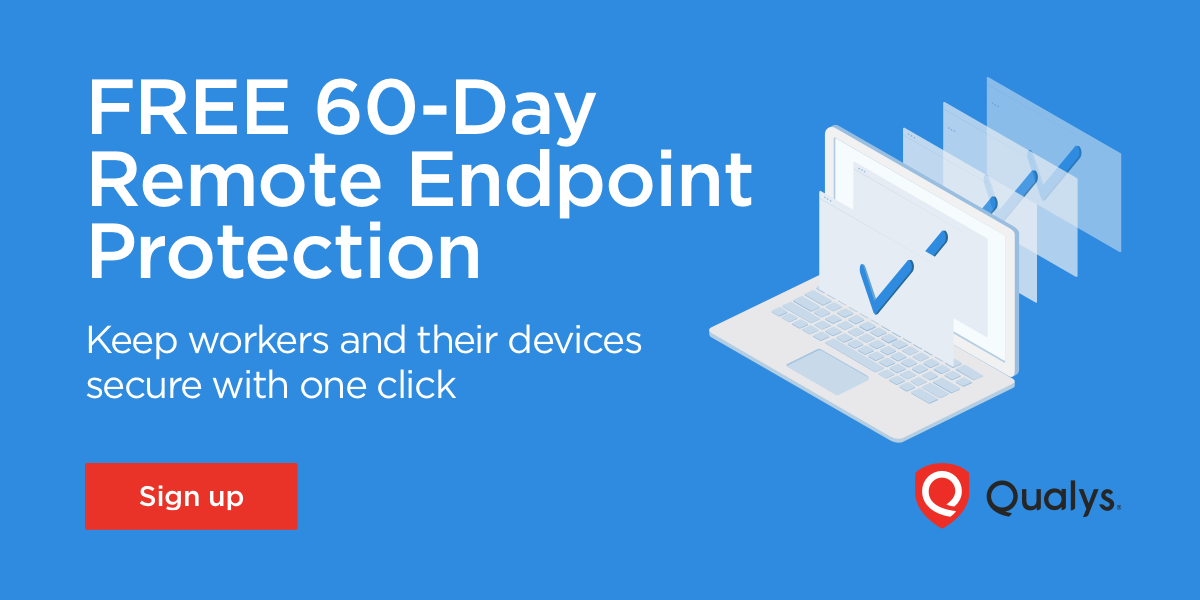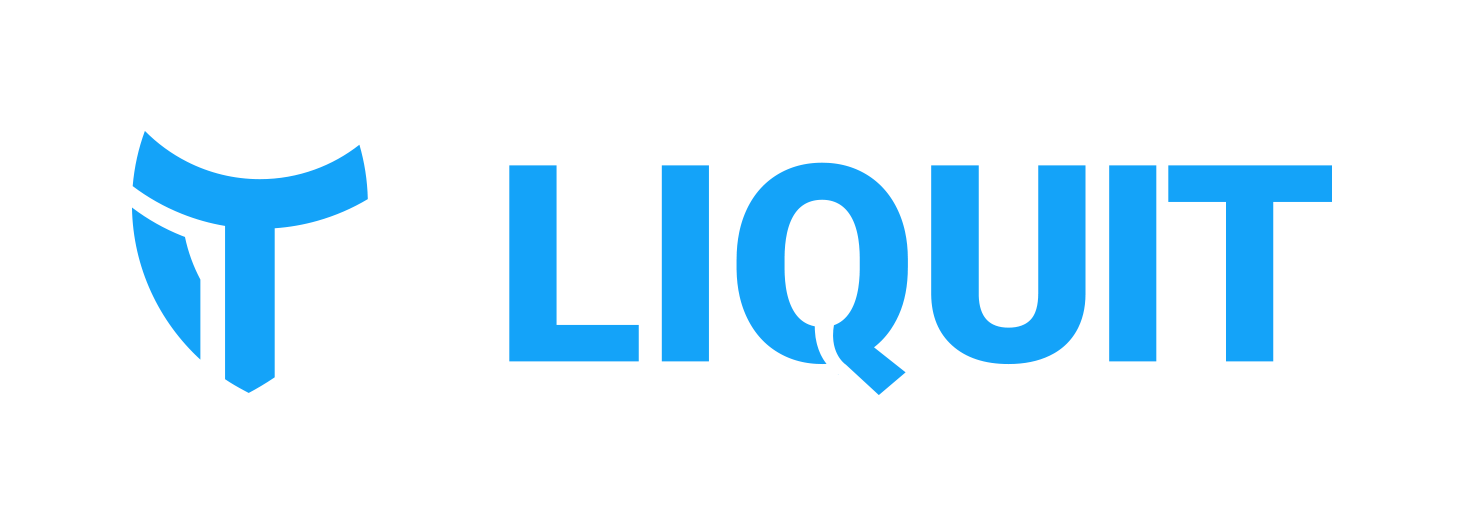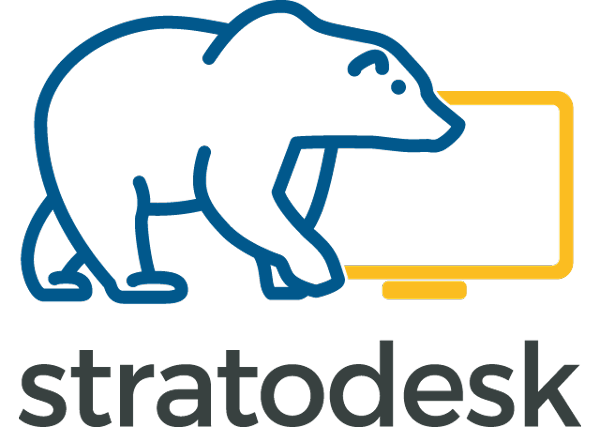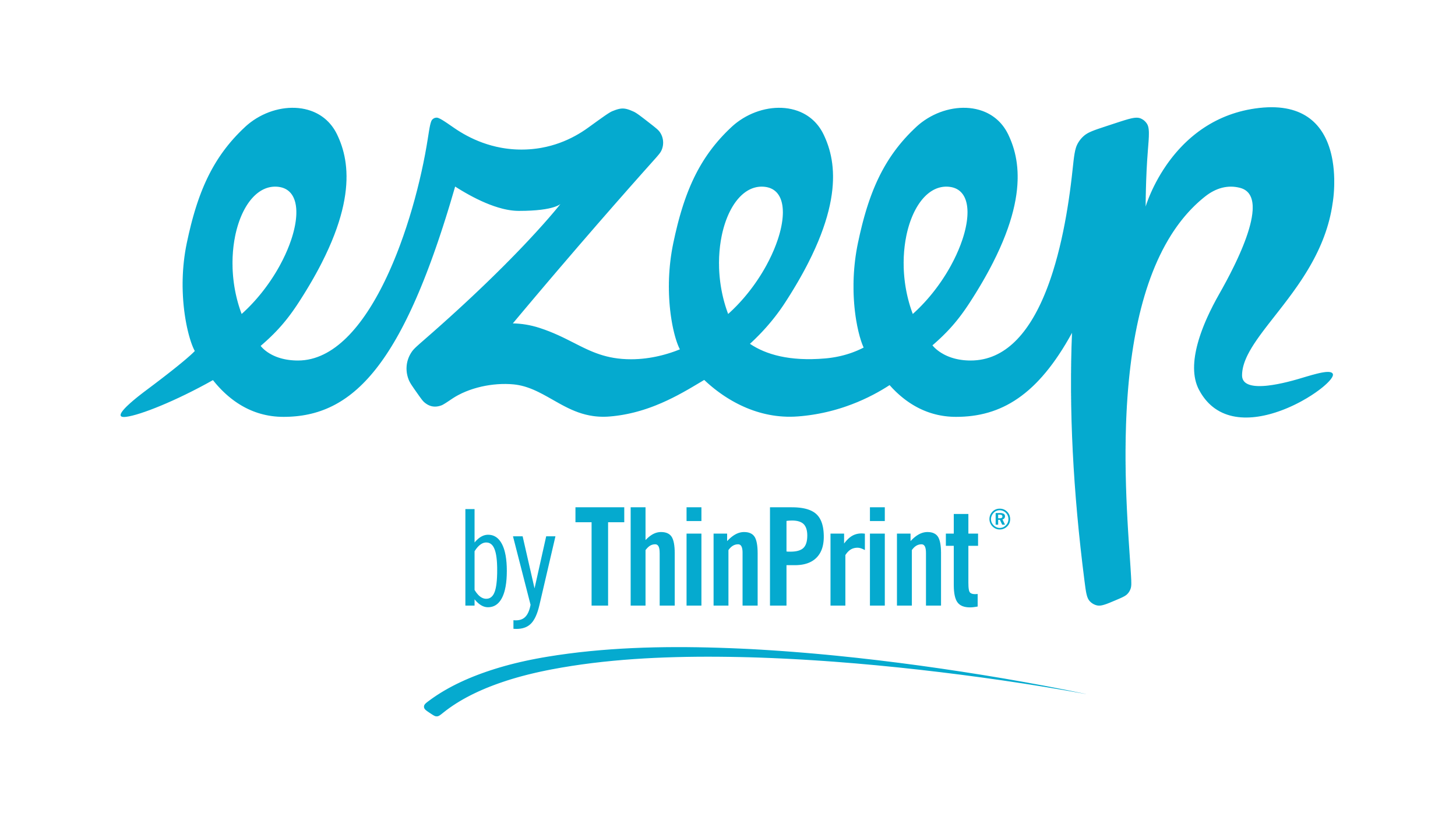VMblog: We have all been witness to a global pandemic, and it is changed the way we work. More than ever, we are seeing a large percentage of employees working from home. How has this shift in the way we work changed the way companies are dealing with their employees?
Paul Vallée: Many large technology companies like Facebook, Twitter, and Shopify have announced permanent work-from-home policies. A recent Gartner survey of 317 CFOs and finance leaders revealed that 74% will move at least 5% of their previously on-site workforce to permanently remote positions post-COVID-19. This represents a shift to a hybrid workplace, with more employees working remotely, while some employees continue to work in the office.
New policies and technology will be designed for this remote work model. The needs of a hybrid workforce are different from the traditional model where most employees work on-site. Businesses that don't have the right tools for digital collaboration for hybrid teams will have a hard time. They need to examine all of their practices to ferret out those that aren't digitally-native. They must create a secure collaboration environment to accommodate this new hybrid, digital/on-premises workforce. It will be a learning experience for everyone. There's a massive opportunity to take stock of what isn't working, innovate and become more efficient.
VMblog: "This is the year of VDI" has been a mantra for virtual desktops for many years running. We've gone through remote PC, VDI, DaaS, cloud desktops, etc. But it has never really gotten mass adoption, why do you think that is? And does this event finally change that?
Vallée: COVID-19 has massively changed the landscape.
Before the COVID-19 crisis hit, employees working remotely, at least part of the time, made up around 30% of the workforce. According to Gartner's 9 Future of Work Trends Post-COVID-19, that number spiked to 48% at the onset of the crisis. Nearly half of all workers are now working remotely, at least some of the time.
That Phase 1 "knee jerk" reaction paved the way for this new digital transformation. The numbers match up. Pre-COVID-19, VDI/DaaS had enterprise penetration of 30%, under the traditional model of employee utilization. The 18% increase will fuel our new normal and accelerate additional adoption of a platform like Tehama's.
VMblog: What are you hearing from customers and prospects? Were they completely caught off guard with mass remote work from home? Or were they already putting things into place, perhaps for other business continuity reasons?
Vallée: A lot of tech companies like Tehama had employees that worked remotely before the pandemic, as did many of our clients. These companies had a smoother transition. They were used to managing remote teams and they were already working with tools that enable them to manage and collaborate with teams virtually.
For businesses that didn't have previous experience with remote workers, they had many challenges. First, they didn't have managers with experience managing remote teams. They lacked tools to communicate with their teams, and they didn't have formal work-from-home policies in place. With the sudden realization of the COVID-19 pandemic, these things had to be addressed quickly. Security was, by far, the most important consideration.
Tehama's existing customers were prepared because they were already using Tehama to securely onboard remote teams. With this established, it was easy for many to increase their usage of our platform. They added more virtual rooms and desktops to accommodate more users, and to enable enterprises to rapidly onboard anyone that wasn't already on the platform.
We also have new customers that came to us because they needed to build a highly secure, remote workforce quickly.
Some businesses put a quick solution in place, like a VPN, but security and scale issues need to be resolved quickly. They came to us after they'd tried something else that didn't work. Tehama was able to create a sustainable, long-term solution. This is important, especially for businesses that have IP and strict compliance requirements.
VMblog: How has this shift of working from home affected people, connectivity, infrastructure, security, etc.?
Vallée: There are major security issues with the increase in individuals working from home.
Working from home leaves employees vulnerable to cyber predators attacking individuals with weak passwords, allowing them to access sensitive corporate information. Employees are vulnerable to phishing attacks and susceptible to social engineering, which can unknowingly jeopardize corporate data and put their company and other connections at risk.
When it comes to trust, people tend to rely on contextual clues of trust when facilitating business activity, like recognizing a colleague, noticing their work badge, seeing them call from an internal extension. Working from home deprives your team of most of these contextual signs of legitimacy and exposes them to social engineering attacks.
There are also logistical issues, which can threaten security. When an employee leaves a company, for example, it can be logistically difficult and painful to collect, inventory and repurpose their equipment. This pain is amplified many times over when people are terminated against their will.
Sometimes you don't know what the vulnerabilities are until they're exposed by an attack.
For many companies, who are just now adapting to remote work situations, all of these infrastructure, security, trust and connectivity challenges have been brought to the forefront.
VMblog: How does your software enable the "work from home" shift? And where do your solutions fit within the grand scheme of things? What are the big problems that you solve for those companies whose workers are now working from home?
Vallée: You can think of Tehama as a "Virtual Office as a Service."
Tehama is a cloud-based SaaS platform that provisions secure virtual rooms and desktops, enabling enterprises to quickly onboard, scale, manage, and audit a global workforce. With Tehama, large enterprises can mobilize a large remote workforce in one day, with a robust security and compliance posture.
Human Resources is one of the biggest challenges for companies right now. Organizations still need access to global talent. In a world forever changed by COVID-19, many companies must enable their employees to work from home. The current solutions in the market like VPN, DaaS, and VDI, that are used to grant remote workers access to mission-critical and data-sensitive systems, or shipping managed laptops are costly, slow, and time-consuming. They require professional services and lots of billable time to set up, and they expose security vulnerabilities because of the complexity of piece parts cobbled together.
VMblog: What advice do you have for companies who are still trying to figure out their own game plan for remote workers?
Vallée: Companies should be taking stock of what has been working and what needs to change for them to be able to sustain their remote workforce. They need to review their security policies, technology, and leadership to determine gaps.
We'll be discussing all of these topics at our Digital by Default Summit event in July. I invite all readers to join. The summit is free and we have more than 45 thought leaders, exploring all aspects of workplace transformation, including technology, policy, talent management and general business strategy.
VMblog: Finally, is work from home and all that we've been doing as a collective group a short-term fix? Will people go back to working in the office after this is over? And if they do go back to the office, do companies continue leveraging the things they put in place, like virtual desktops and remote capabilities? Or do you see some percentage still working from home, or perhaps a mix mode or employee choice?
Vallée: The office, as we know it, is forever changed. Even when businesses begin to reopen and physical distancing measures are eased, the traditional office-based business model will never again be the de facto workplace model.
There likely will be a mixed model, with remote workers and on-site workers, or people working remotely at least some of the time. Businesses need to adapt to accommodate both types of workers. They must adopt a "digital-first' workplace.
Not every worker wants to work from home. Some people prefer to be in the office. But the ability to work from home, and the flexibility it allows, is appealing to many. Having work-from-home infrastructure in place creates great opportunities for employers, employees and job seekers.
The COVID-19 crisis has dramatically accelerated the world's appetite and willingness to invest in technology that enables workforces to be virtualized over the internet. Highly secure technology that enables a secure digital-first workplace is central to this.
We're through the first phase of the move to a virtual workforce, with some solutions in place. We're now close to the end of the second stage. Businesses are making refinements, as they try to anticipate what they will need in the third phase. The third phase will necessarily factor in the hybrid workforce, and finding sustainable, secure solutions for the long term. This will mean the introduction of new technology, new policies, and a new approach to all aspects of work.
Also check out our video interview:














